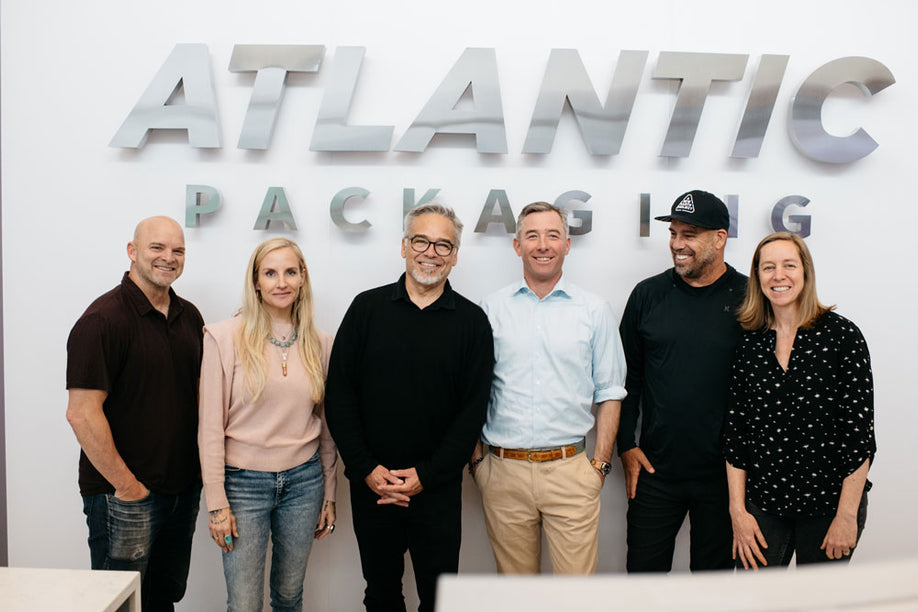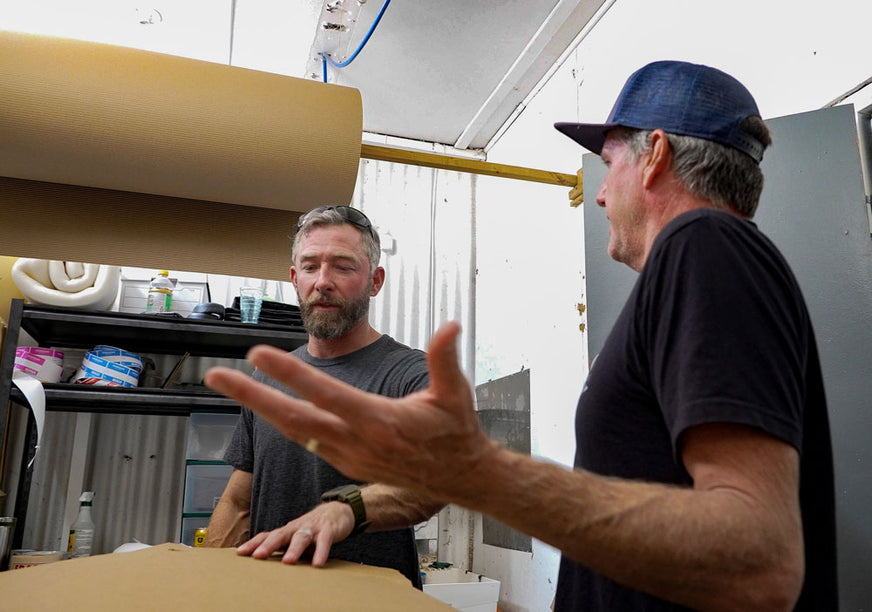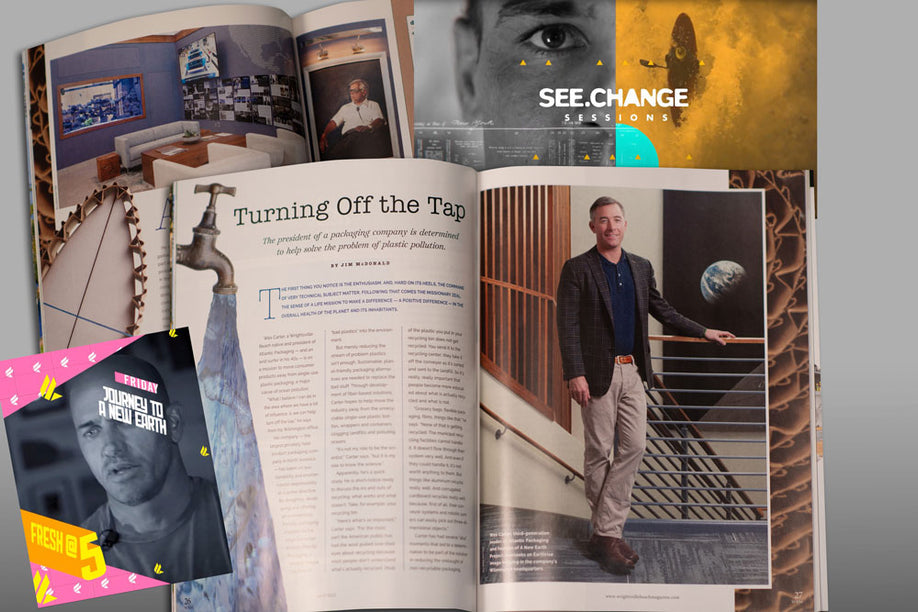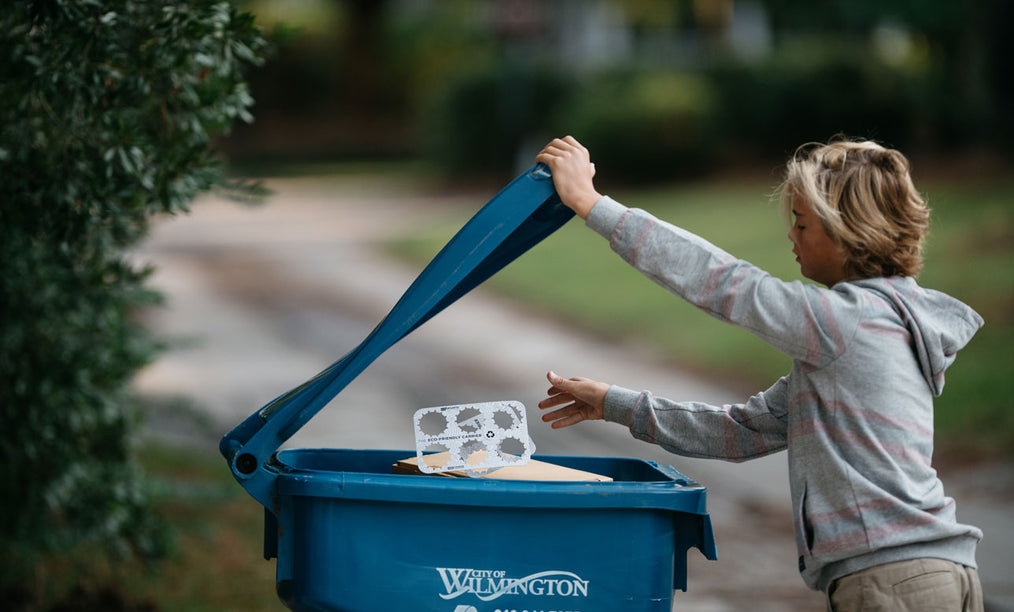Backdrop:
Recycling has taken a bit of a public relations beating in recent years, and it turns out, for several good reasons. While developed economies like the United States have robust waste management systems that do a great job of hiding the problem from view, the dirty underbelly of that system is our inability to recycle most of the items that sport the famous chasing arrows logo.
Even if you’ve been dutifully putting your recyclables in the proper bin, the sad fact is today’s recycling system is broken. Of the stuff that makes it into our bins, according to the latest in-depth report from the Recycling Partnership, only 21% actually gets recycled. Worse, a whopping 76% of recyclables are lost right at home, never making it into the bin, and a huge part of that problem is only 43% of households are actually participating in recycling programs.
Reality Check:
For years, many countries were selling their recycled material streams to China, who we were told, could more easily turn a profit turning that waste into profitable materials. But after years of trying, China realized they had not only not created a market, but they were polluting their own rivers and streams; anything that lacked value escaped into nature. In 2018, they got wise and slammed the door on world trash imports.
As a result, almost every municipality here at home was forced to confront their own waste stream again. Today, our landfills are filling up faster than ever, and the cultural shift to direct-to-consumer shipping that got a giant shot in the arm during the pandemic only exacerbated that problem.
A New Way:
It would be a huge mistake to lose all faith in recycling and throw the baby out with the bathwater, but understandably, that’s how many consumers feel. Fortunately, municipalities, more solution-minded consumers, and forward-thinking companies want this issue resolved once and for all. And these wake-up calls have resulted in action. Today, there are major legislative efforts happening across the country to address and implement what many are calling Recycling 2.0.
This post is the first in a series on this topic. Our plan is to help you better understand what the Recycling Partnership has so wisely identified as the five essentials of an effective recycling system.
In the weeks ahead, we’ll dive deeper into each of these areas, but for now, here's the view from 30,000 feet.
The Five Key Requirements of a Functioning Recycling System
1. Robust End Markets
When it comes to recycling, we have to begin with the end in mind. That means recycling materials that actually have a stable market demand once they’ve been recovered. After all, if that material isn’t useful, it ends up in landfills like everything else. Right now, these markets vary wildly, and they’re plagued with issues. That said, there’s wide acknowledgment among municipalities and legislators that government has a huge role to play in facilitating these markets by creating incentives for using recycled materials instead of virgin ones. Growing and stabilizing these markets is essential.
2. Improved Sorting Mechanisms
Of course, there are no end markets to be had without highly functioning sorting mechanisms. Today, these sorting facilities are in need of serious upgrades due to the wide variety of material combinations coming through their doors. Many of these facilities struggled to survive when we were sending our waste to China. Today, there are huge calls to make major reinvestments in them by upgrading their sorting technologies and techniques.
3. A Public Education Refresher
In several states, new legislation aimed at simplifying our recycling efforts are already in the works. One of the biggest fixes will be removing the mystery on whether or not something is recyclable or not. When the public fully understands what materials are in high demand, they act accordingly, and recycling rates rise. Anyone who lived through the anti-litter campaigns of the 70s remembers what a large public campaign looks like, and there’s no reason we can’t do it again.
4. Improved Access to Recycling Efforts
We already mentioned that only 43% of households have access to recycling programs, which means we have some big gaps to fill. The vast majority of those not being served are people living in multi-family units and apartment buildings, and those living in rural communities. Fixing those kinds of problems will likely require legislative action, and fortunately, it’s being addressed in bills like SB-54 in California, which is more formally known as the Plastic Pollution Reduction and Producer Responsibility bill.
5. Designing With The End in Mind
Since more than 40% of the plastic waste that escapes into nature comes from packaging, it’s no secret that a huge part of shutting off the tap involves innovating at the very first step, where packaging is designed and tested. Until recently, there’s been zero financial incentive for companies to design their packaging around anything else than to stand out on the store shelf and protect its product. When we incentivize companies to design packaging that is easy to recapture and reuse at the very start.
Bolstering these five essentials is the motivation behind the sweeping Extended Producer Responsibility (EPR) bills, which have already been passed in four states across the US, including Colorado, Maine, Oregon, and California. As the fifth largest economy in the world, comparable to Canada's, California's actions are drawing significant attention. These legislative efforts aim to address the substantial gaps in all five key areas. We'll delve into more detail in our next post.
In the meantime, if you're seeking advice on preparing for this new future, feel free to reach out. We're here to help.








